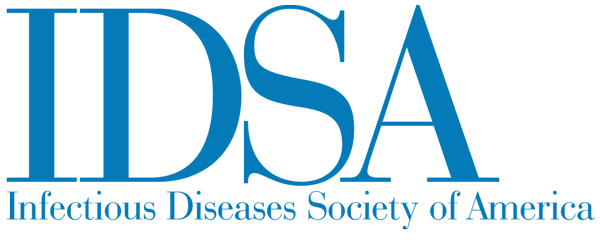IDWeek 2019: In New York measles epidemic, the struggle to prevent, detect and respond to outbreaks comes home
Facebook Twitter LinkedIn EmailScience Speaks is at IDWeek 2019 Oct. 2-6, covering the joint annual meeting of the Infectious Diseases Society of America, Society for Healthcare Epidemiology of America, the HIV Medical Association, and the Pediatric Infectious Diseases Society in Washington, DC[/caption] WASHINGTON, DC - At a session before this conference opened today, Dr. Jane Zucker of New York City's health department asked for a show of hands. How many of those in the audience that almost filled the wide and long combined Salon G and H, had seen a case of measles, she wanted to know. At least a third of the audience members raised their hands. "Not bad," Dr. Zucker said, meaning, perhaps, the level of the of knowledge in the room. But not good news for the current state of public health outreach, either, considering most in the audience were unlikely to have begun practicing medicine before the advent of an effective vaccine against measles in the mid-1960s. Back then annual cases in the United States had averaged half a million people a year sick with the virus with an estimated 500 deaths resulting from it. Vaccination efforts and uptake over the years that followed had led to virtually no ongoing local transmissions, and to the declaration that measles in this country had been eliminated in 2000. In this last year, which has seen more measles cases than any since 1992, with outbreaks across the United States that threatened the country's status of having ended local transmissions, Dr. Zucker was here to tell the audience the factors behind the outbreaks in New York City that contributed more cases to that total than any other place, and the efforts that controlled them, finally, over the course of more than nine months. Those efforts, it is hoped, for now, has saved this country's status as a place that eliminated the disease as one where measles lives. But the efforts that were necessary, recounted here Tuesday, are reminiscent of those led by the U.S. in countries halfway around the world, where limited resources constrain abilities to prevent, detect and control outbreaks at their source. Those efforts included mass communication efforts in multiple languages, efforts to reach populations made vulnerable by misinformation campaigns and by heightened risks that include travel to high incidence places. They included work with members of the most affected communities to reach those populations with culturally sensitive and relevant education efforts, scaled up immunization campaigns and revised policies and health provider training. Imported infections, mostly from Ukraine, Israel and the Philippines, account for the source of the majority of infections that spread in New York City, An orthodox Jewish community in Brooklyn where the outbreak originated and escalated was the epicenter. Public health officials working with community members put together Tzim Gezint and Slice of PIE, booklets on the value of vaccines, and mailed them to 29,000 households. Letters went to parents through schools. Repeated robocalls to 75,000 households alerted parents to the outbreak and the need to vaccinate. About 20,000 named contracts were traced. An emergency order mandating proof of vaccination to attend school, with no exemptions -- since lifted -- went into effect. The eventual costs amounted to upwards of $8.4 million, Zucker said. That's what it took to control over the course of nine work intensive months, an outbreak that, if it had not been stopped would have cost the United States its exemption status. In all the years before the disease was eliminated the majority of people who became infected with the airborne and highly contagious illness survived. But for them and those who didn't, complications included severe diarrhea, preterm labor and miscarriage among pregnant women and encephalitis. The outbreak is over now, Zucker said. But the threat, and the work, continue.


